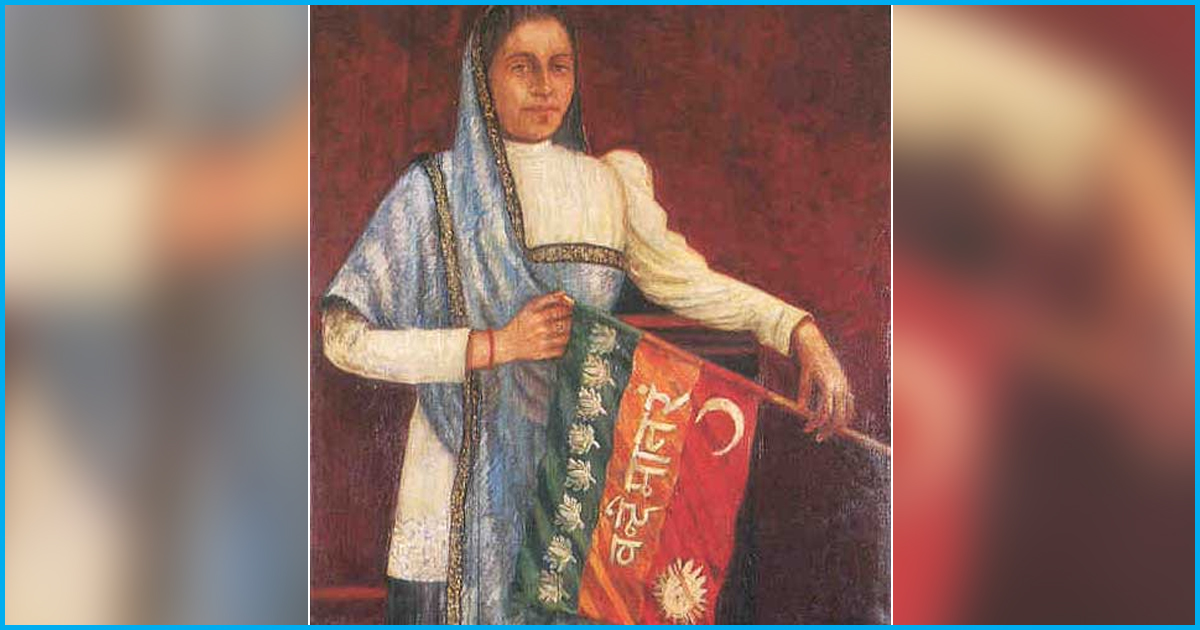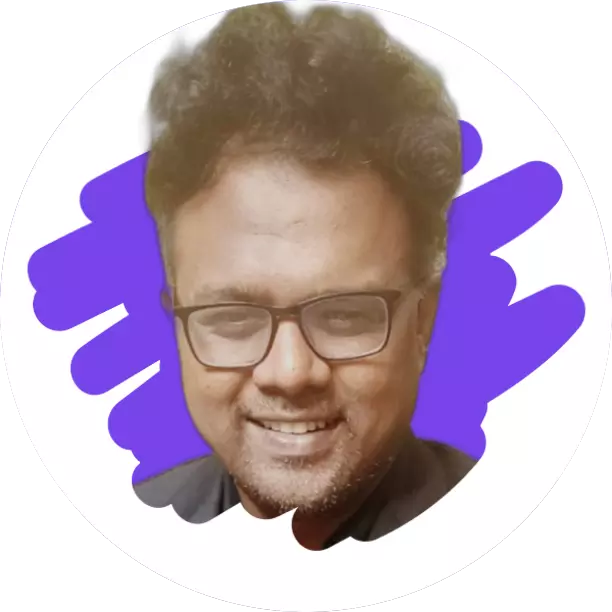
Bhikaiji Cama: Mother Of Indian Revolution & First Person To Hoist Indian Flag On Foreign Land
24 Sep 2018 5:24 AM GMT
Editor : Al Arafat Sherfuddeen
Passionate writer about current events, politics and happenings nationally and globally. An agent of communal harmony and an ardent Arsenal fan.
The date was 22 August 1907, the independence of our country was still 40 years away. The whole world was not fully aware of the immense struggle young Indians were going through for attaining the country’s freedom. At a time like these, a frail Indian lady with indomitable fire in her heart and a strong sense of patriotism raised India’s first National flag at the International Socialist Conference in Stuttgart, Germany.
The woman was Bhikaiji Cama, the mother of Indian revolution. Also known as Madame Cama, she was the first woman who successfully unfurled the first version of the tricolour Indian flag. She still remains to be one of the most prominent woman personalities to participate in the Indian Nationalist Movement. Born on September 24, 1861, into a well-off Parsi family in Bombay (now Mumbai) Bhikaji received her early education there. From her childhood, she was drawn towards political issues and had a keen interest in the Indian Nationalist movement.
In 1885, at the age of 24, she tied the knot with Rustomji Cama, a well-known Pro-British lawyer. Soon after their marriage, problems began to mount in their relationship due to ideological differences. She was never happy in her married life and sought pleasure in altruistic activities. Meanwhile, she was also suffering from poor health, which required medical attention. Bhikaji decided to move to London.
She always kept herself updated about the freedom movement In India. She met Dadabhai Naoroji in London and with him, she began working for Indian National Congress. Cama also came in contact with other Indian nationalists, including Vir Savarkar, Lala Har Dayal, and Shyamji Krishnavarma, and addressed several meetings in London’s Hyde Park.
In 1907, she attended the International Socialist Conference in Stuttgart, where she asked every delegate to rise and salute the Indian flag in support of country’s freedom. She started travelling to many countries in Europe to mobilise public support and opinion against British rule in India. She met many expatriate Indians in France and Holland and gathered their support. With Har Dayal, she launched a revolutionary paper called Bande Mataram, copies of which were smuggled into India during the first world war. When France and England became allies the British asked for her extradition, but the French Government refused to cooperate. The British had banned her entry in India being afraid of her revolutionary past and confirmed nationalistic outlook. However, in 1935, she was allowed to return to India. She was very ill when she reached her homeland. She was hospitalised and breathed her last on August 13, 1936.
 All section
All section













